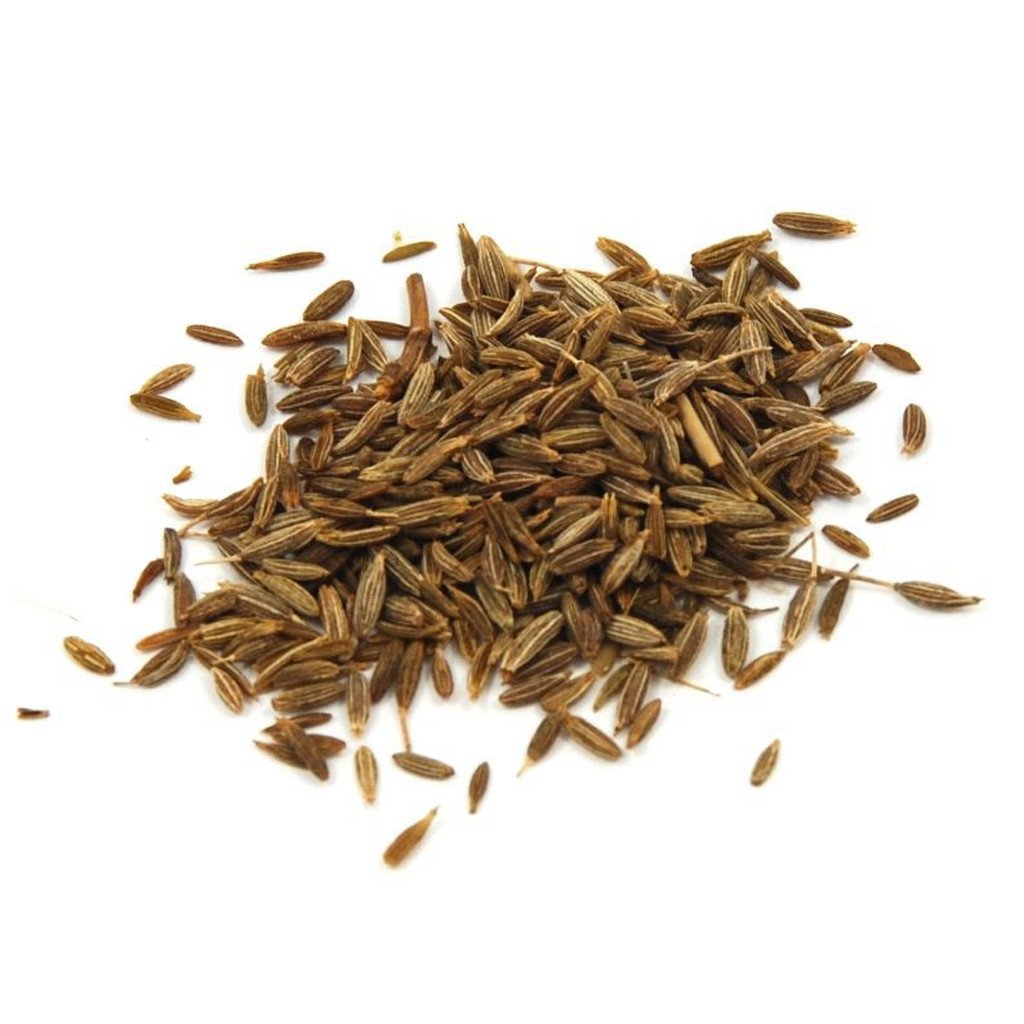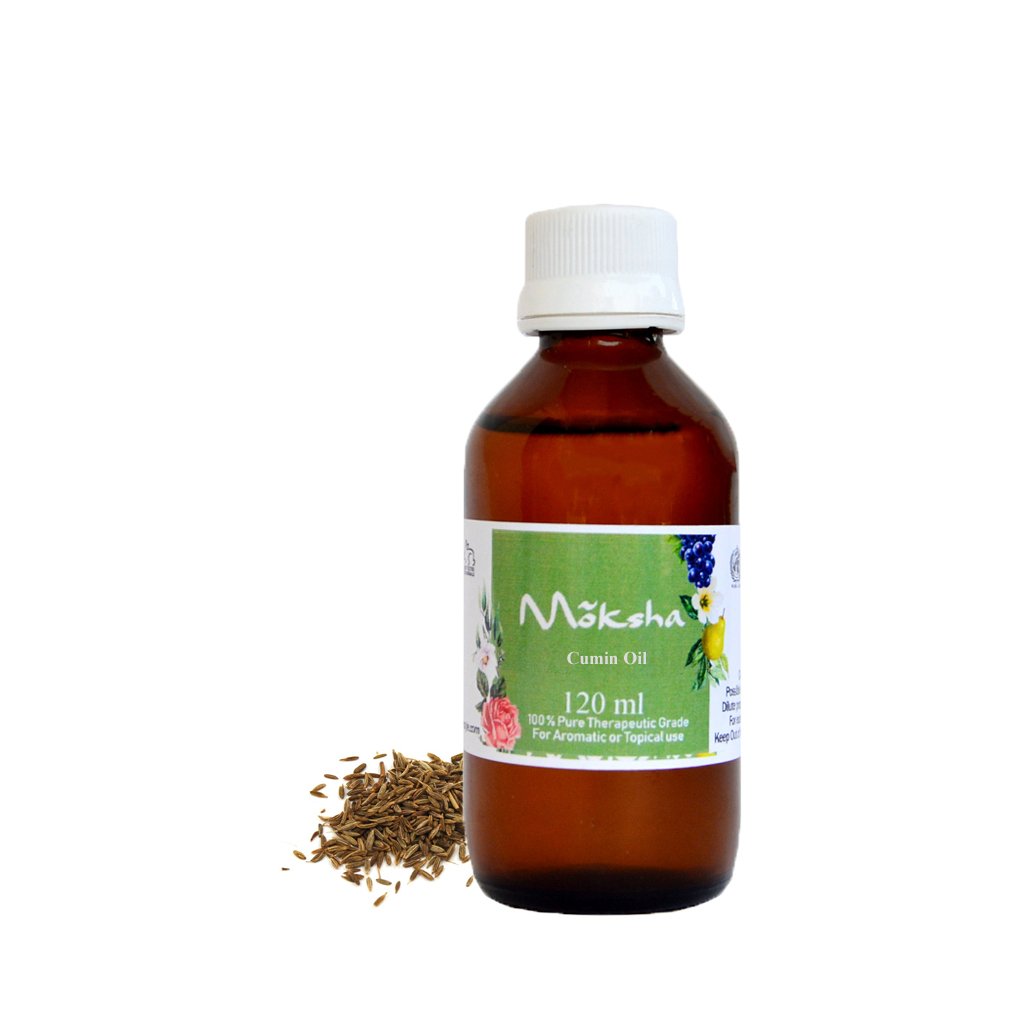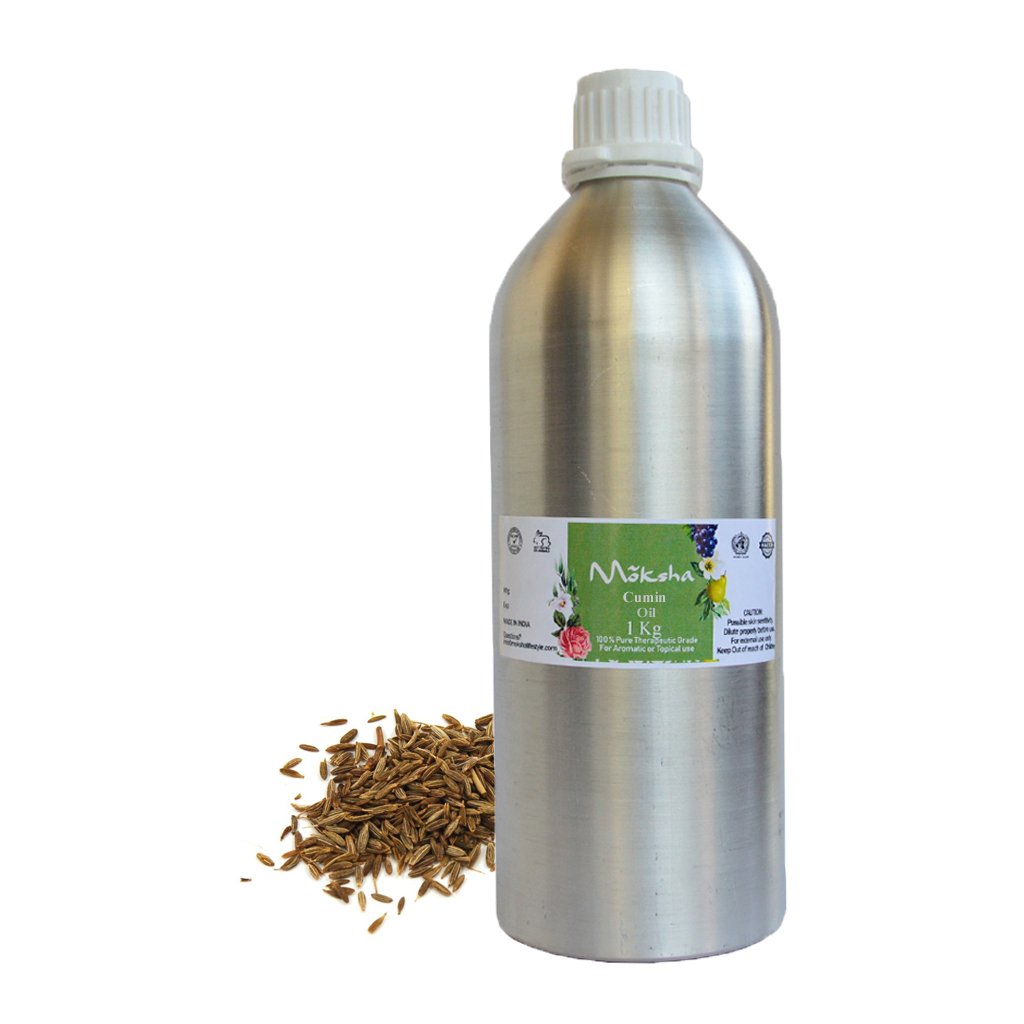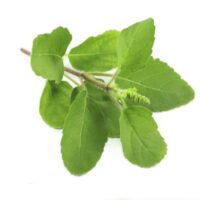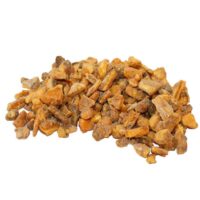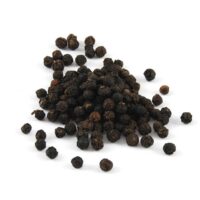
Moksha Lifestyle Products
Essential Oils India | Essential oils Wholesale | Essential Oils manufacturers – Moksha Lifestyle Products
Cumin Seed Oil
Plant Part : Seed
Extraction : Steam Distillation
Origin : India
Product Description:
Originally from the Mediterranean area, Cumin is a small annual herb about 50cm ( 20 inches) high with deep green, narrow feathery leaves and tiny white or pink flowers, followed by small oblong seeds.
Product Color:
Colorless to pale yellowish green to brownish yellow liquid.
Common Uses:
The chemical properties of Cumin includes being an antioxidant, antiseptic, anti-spasmodic, anti-toxic, aphrodisiac, bactericidal, carminative, depurative, digestive, diuretic, emmenagogue, larvicidal, nervine, stimulant, and as a tonic. In the past, Cumin Essential Oil was found to be useful as a warming oil that helps relieve muscular pains and osteoarthritis; for the digestive system it was used as a stimulant that helps with colic, dyspepsia, flatulence, bloating and indigestion; and for the nervous system, Cumin was used as a tonic with beneficial effect on headaches, migraine pain and nervous exhaustion.
Blends Well With
Angelica Root, Caraway, Lavender, Rosemary, Chamomile
History
In use for over 4,000 years, Cumin was mainly used for its digestive properties and as a spice. The ancient Greeks and Romans used it much as we use black pepper. In the Holy Land, people used it to pay their debts and taxes with it. In the Middle Ages, feudal lords sometimes paid their serfs with Cumin for services rendered, before it fell out of favor with Europeans as a spice; at the same time, it began to grow in popularity in South America.
Caution:
Cumin Essential Oil has photo-toxic properties and direct sunlight should be avoided after any application. It should also be avoided if pregnant and by those with sensitive skin.
